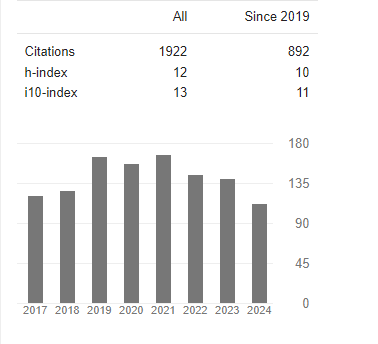Novel Methodology for the Isolation of Pure Piperine from Plant Source through Sonication
Abstract
Anil K Tripathi
Piperine was discovered in 1819 by Hans Christian, who isolated it from the fruits of Piper nigrum, the source plant of both the black and white pepper grains [1]. Fluckiger and Hanbury found piperine in Piper longum and Piper officinarum Piperine, along with its isomer chavicine, is the alkaloid[1b] responsible for the pungency of black pepper and long pepper [2]. Piperine is extracted from black pepper using dichloromethane [3]. Aqueous hydrotropes can be used in the extraction to result in high yield and selectivity [4]. The amount of piperine varies from 1-2% in long pepper, to 5-10% in commercial white and black peppers [5]. Further, it may be prepared by treating the solvent-free residue from an alcoholic extract of black pepper, with a solution of potassium hydroxide to remove resin (said to contain chavicine, an isomer of piperine) and solution of the washed, insoluble residue in warm alcohol, from which the alkaloid crystallises on cooling [6]. It has been used in some forms of traditional medicine. Piperine, a major alkaloid in black pepper is one of the most gifted bioenhancers till date. Additional methods used for its isolation suffer disadvantages such as poor extraction efficiency, tedious and pricey isolation methodology, piperine photode gradation, etc. Hence a simple, rapid and well-organized method has been developed for the extraction of piperine from the fruits of Piper nigrum. The methods under study involve extraction of piperine with various solvents such as ethanol, propionic acid and dichloromethane. Then isolation and purification were followed by separate classical methods for respective extracts. Compared to other two methods, the novel method using propionic acid proved to be valuable in isolating piperine with higher yield and in higher purity. Hence extract derived using propionic acid was further subjected to alkali wash and passing out through small silicagel bed. Then identification of the compound was confirmed by various analytical methods TLC, melting point, UV-visible spectrophotometer, FT-IR, HPLC and compared it with authentic piperine which resulted into better pure piperine crystals as that of authentic piperine



